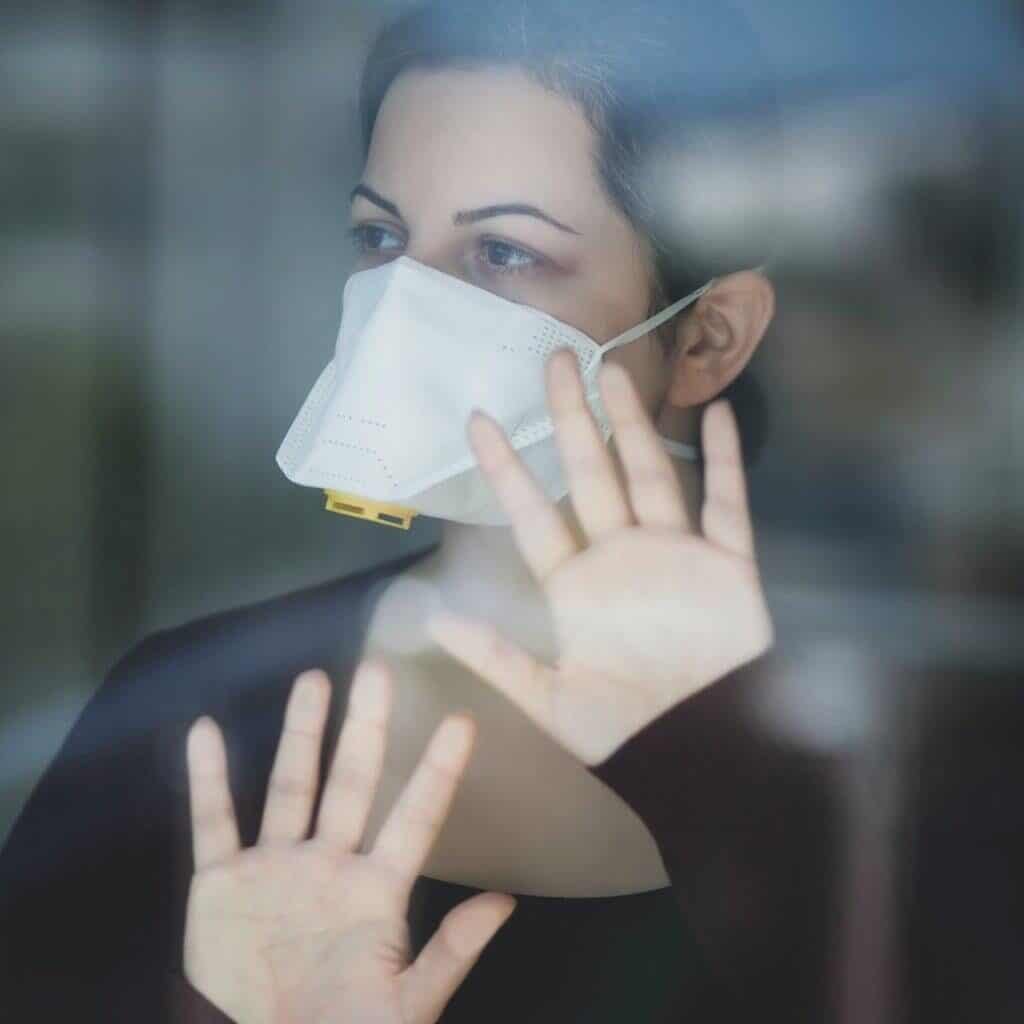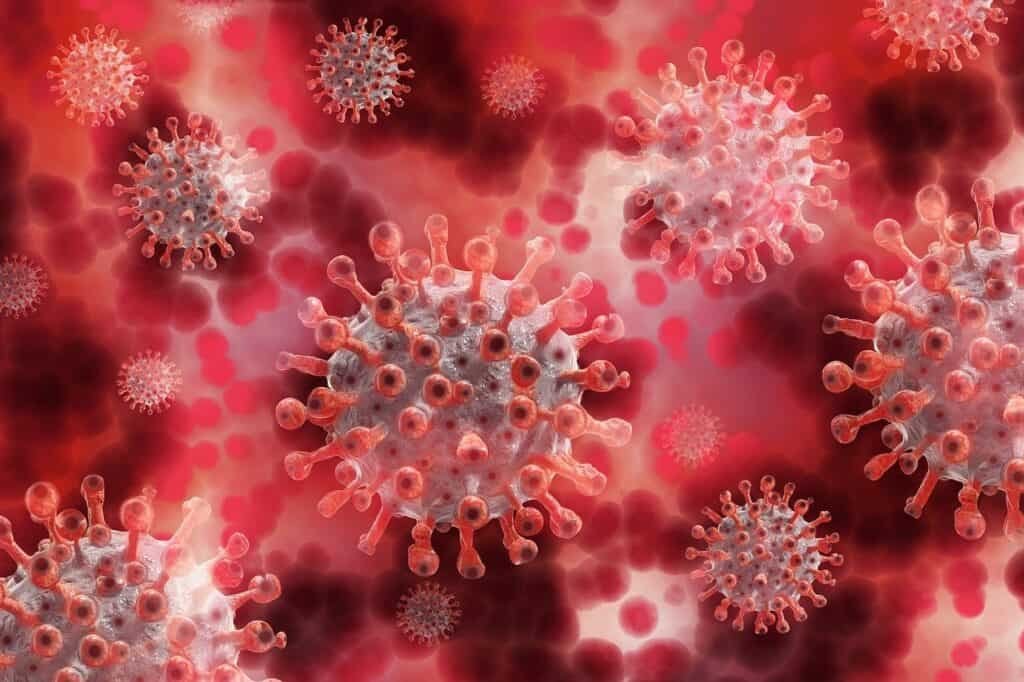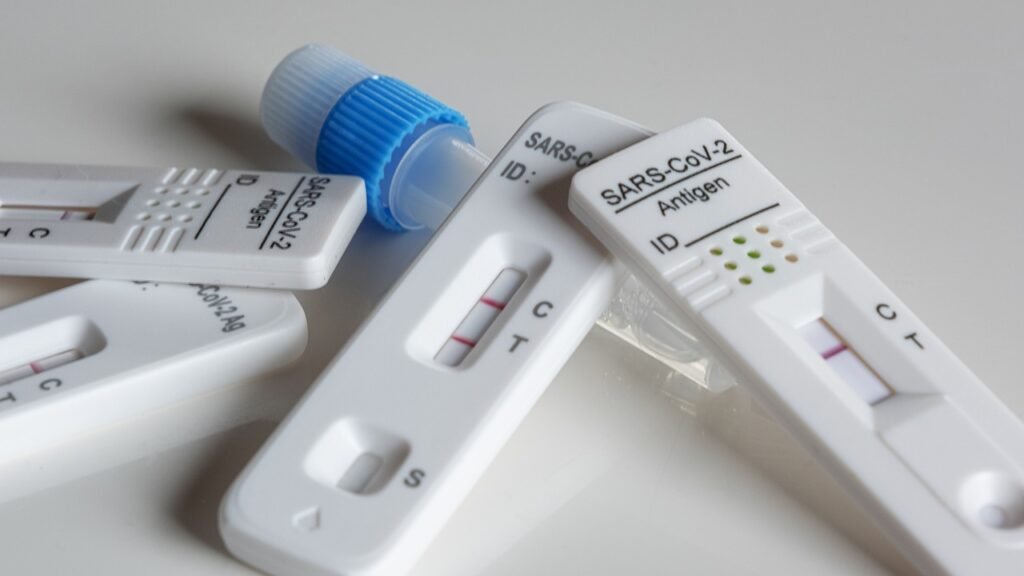The last two weeks have been challenging for my family and me. First, we all had to undertake the COVID isolation at-home program. But, for the past two years, I have actively participated in many committees at work to plan and execute COVID-19 strategies for patients in my State. And then, COVID-19 hit my home. Unfortunately, my boy and I tested positive for the virus last week.

During our isolation, I struggled to motivate my healthy kids to “school from home” and avoid the distractions from blue screens. My little toddler could not understand why daddy stopped carrying her.
I worked from home and remained on call for some days due to a medical staff shortage in my workplace. But, I had to give up Teams meetings owing to my gravelly voice, irritating dry cough and sore throat.
I switched to “survival” mode as these COVID symptoms lingered.
My caring wife and regular exercise in my home gym kept me going. My workmates also helped by supplying us with facemasks and COVID test kits. In addition, one of my colleagues delivered some groceries to us.

What is COVID-19?

COVID-19 is a respiratory infection caused by the strain of coronavirus known as Severe Acute Respiratory Syndrome coronavirus 2 (SARS‑CoV‑2). Health authorities identified the first case of COVID-19 in Wuhan, China, in December 2019. COVID-19 was transmitted from bats to humans and quickly spread worldwide. As a result, the WHO declared a pandemic in March 2020.
According to the Worldometers website, there are 448 million cases of COVID-19 worldwide, with over 6 million deaths at the time of this writing.
How is COVID-19 spread?
- By close person-to-person contact with infected cases; or
- Contact with infected surfaces such as tables or door handles; or
- Long-distance spread through respiratory droplets from; coughing, sneezing or speaking.

What are the common COVID-19 symptoms?
Symptoms of COVID-19 may appear 2 to 14 days after exposure to the virus. A person may not have signs of spreading the virus. There are many symptoms of COVID-19, but the common ones include the following:
- Nasal congestion, runny nose or excessive sneezing
- Cough
- Fever or chills
- Sore throat
- Diarrohea
- Nausea and vomiting
- Headaches
- Body or muscle aches and pains
- Fatigue
- New loss of taste or smell
- Shortness of breath
As you can see, the above symptoms are not specific to COVID-19. Hence, the need to perform testing if unwell before self-diagnosis.
How is COVID-19 diagnosed?
Many laboratory tests can diagnose COVID-19. But, the two standard classes of tests are:
- The Rapid Antigen Test (RAT) kits can be performed at home and yield rapid results within 15 minutes.
- The Polymerase Chain Reaction (PCR) is done in the laboratory and takes longer.

How to lower the spread of COVID-19?
- Receive COVID-19 vaccination as soon as you become eligible. Medical exemption to vaccination applies if there is a severe allergic reaction to the vaccine product or components.
- Wash your hands frequently with soap and water or alcohol-based hand sanitiser. Do that, especially after going to the toilet. Do not touch your face without first washing your hands.
- Wear a face mask when in public or required by Public Health.
- Practise good cough/sneeze etiquette. Cough or sneeze into a tissue or bent elbow. Throw the tissue in the trash, then sanitise your hands.
- Clean and disinfect surfaces and objects that are frequently touched. Use soap and water plus disinfectant.
- Practice social distancing by staying more than 1.5 meters (or 6 feet) from others.
- If you feel unwell, please stay at home. Do not go to work or other social gatherings. Contact your healthcare provider.
COVID isolation at home guidelines
Who is suitable for COVID isolation at home?
Not everyone who has symptoms suspected to be from COVID-19 needs to go to the hospital. According to the Australian Government Department of Health, home isolation or COVID at Home program is appropriate under the following circumstances:
- Those that are well enough to receive care at home;
- People who have appropriate caregivers at home;
- People who have a separate bedroom at home where they can recover without sharing immediate space with family members;
- They have access to food and other necessities of life;
- There is access to disposable gloves, face masks and cleaning disinfectants at home;
- The affected individual does not live with household members who are elderly, pregnant or immunocompromised.
COVID isolation at home is unsuitable for people at high risk of complications, such as chronic heart, lung, or kidney diseases.
How is COVID isolation at home done?

- If you test positive for COVID-19, your close contacts and household members will also need to isolate you at home.
- You should stay in a separate room and use a separate bathroom.
- Other family members not involved in caring for you should consider moving out for the period—the elderly and those with compromised immunity.
- You should keep your distance and wear a mask when other family members are close.
- Disinfect surfaces in shared areas, such as taps, benches, and door handles, with a household disinfectant daily.
- In Tasmania, the COVID@Home team may send people isolating at-home monitoring kits if deemed appropriate. Such kits monitor vital signs such as oxygen levels, heart rate, and skin temperature. A smartphone app relays back such vitals to the COVID@Home team.
What you cannot do during COVID isolation at home
- Someone in COVID isolation at home should not attend work or other public places like school or church.
- You should not receive visitors at your home.
- You cannot embark on overseas travel during your COVID isolation
- You can go outside to the garden but wear a face mask in common areas with others.
How long does COVID isolation at home last?
- Typically seven days if there are no symptoms on day 7.
- Ten days if there are ongoing COVID-related symptoms.
COVID isolation at home safety netting
These are situations where the COVID-positive person will have to call the ambulance or go to the hospital.
- If experiencing severe symptoms, like shortness of breath or difficulty breathing
- You think what you have is an emergency condition.
- You believe that your life or someone else’s life is in danger.
To Recap
COVID-19 is here to stay. With time, many more persons will become infected, and most will participate in the COVID isolation at home with family program. We will have to learn to live with this virus. But, we can all help to reduce the spread by receiving our COVID-19 vaccinations, practising good hand hygiene, and social distancing.
COVID isolation at home is good support for most people with mild illnesses. However, remember you will require to go to the hospital if you are short of breathing or have a medical emergency.
Have you had a COVID infection or participated in COVID isolation at home? What was your experience?
I would love to hear your thoughts.
Please leave your comments below, or let’s continue the discussion on Twitter, Facebook, Instagram, or Linkedin.
Thanks for your time.

